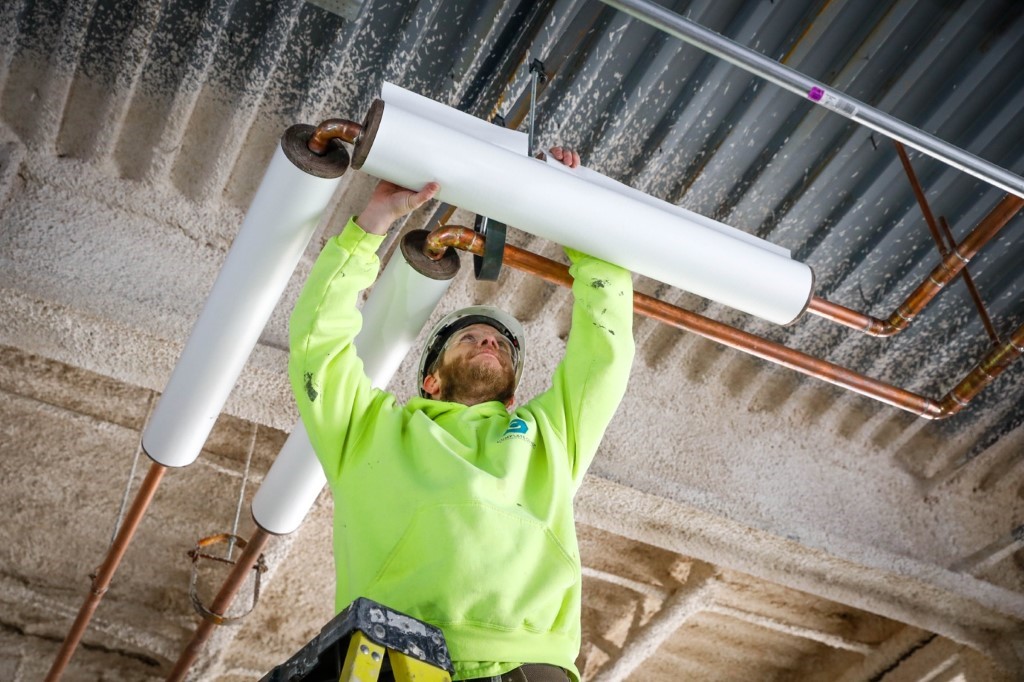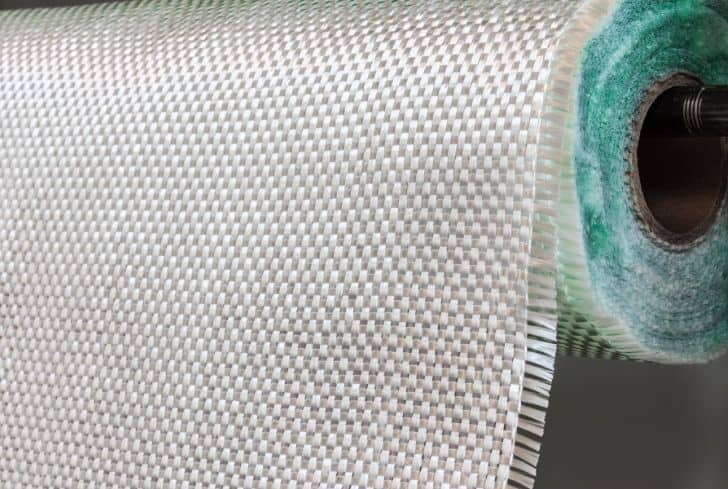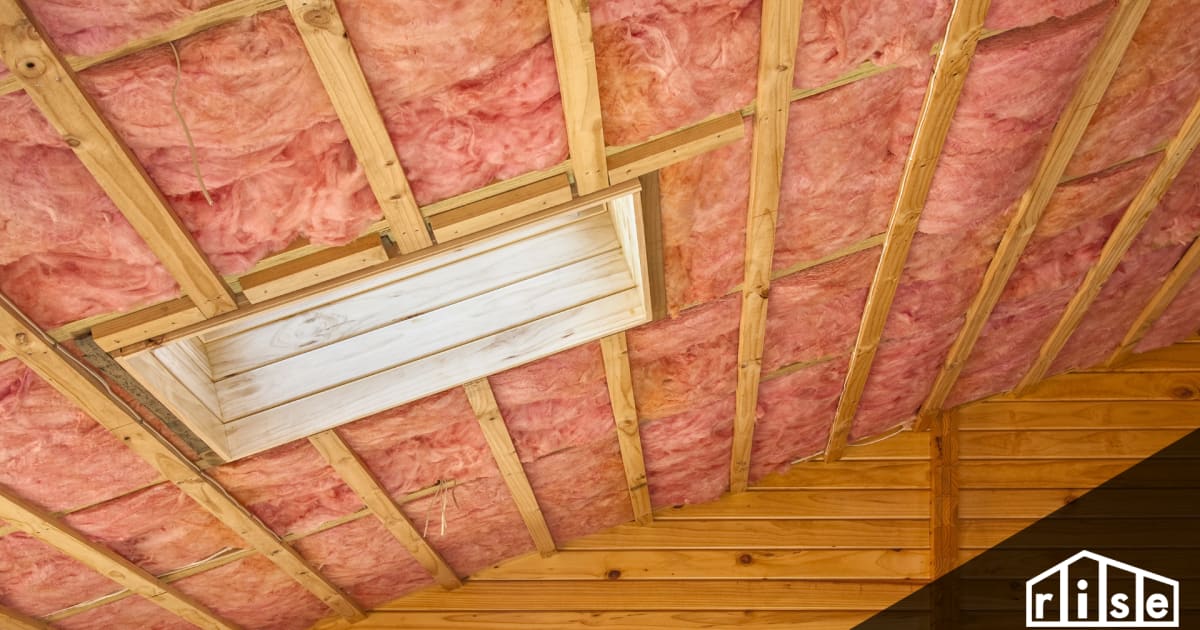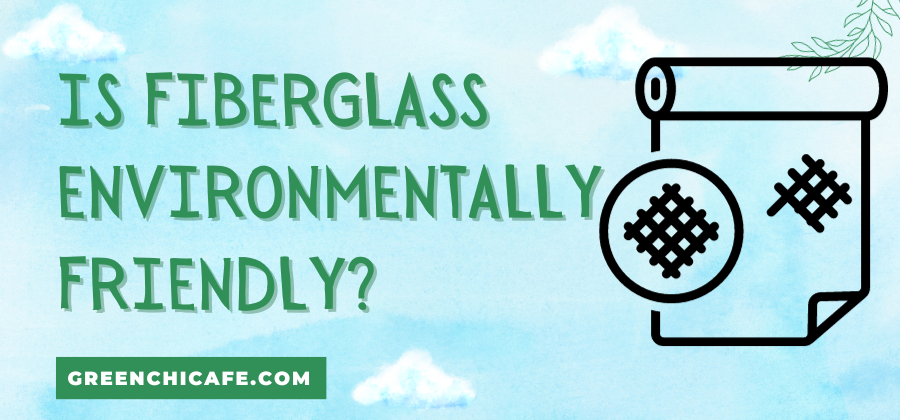Last Updated on June 3, 2024 by Annie Baldwin
Fiberglass offers many benefits as an energy-efficient and durable building material.
But is it an environmentally friendly choice?
Let’s take a look at the sustainability of fiberglass.
Is Fiberglass Environmentally Friendly?

Fiberglass insulation has some eco-friendly qualities but also some drawbacks.
The production requires a lot of energy but fiberglass itself boosts energy efficiency in buildings.
While made partly from recycled glass, fiberglass cannot be recycled again after use.
It also contains formaldehyde that can leach chemicals.
Overall, fiberglass is not the most environmentally friendly insulation option.
Key Points
- Fiberglass insulation contains formaldehyde and other chemicals that can pollute landfills.
- Producing fiberglass is an energy-intensive process.
- Fiberglass cannot be recycled after use due to its composite materials.
Our Opinion
While fiberglass insulation provides energy efficiency benefits, we believe its chemical makeup and difficult recyclable nature make it less eco-friendly than organic insulation alternatives like cellulose or cotton.
So, is fiberglass environmentally friendly? Not quite so.
We recommend choosing more sustainable insulation materials whenever possible.
Is Fiberglass Made From Sustainable Materials?

Fiberglass itself is made from sand and recycled glass, both abundant resources. The fiberglass production process requires substantial energy inputs, however. Resins and formaldehyde are also added to create the final product. While formaldehyde raises health concerns, some manufacturers are developing safer fiberglass insulation using alternative binders.
Overall, fiberglass has the potential to be an eco-friendly material if production focuses on sustainable sourcing and energy efficiency. The longevity and recyclability of fiberglass products also support environmental goals. With mindful manufacturing, fiberglass can be an excellent green building solution.
How Energy Efficient Is Fiberglass?
Fiberglass offers significant energy efficiency benefits as an insulation material. With an R-value around R-3 to R-4 per inch, fiberglass effectively resists conductive heat transfer. It provides thermal insulation and energy savings in walls, attics, basements, and crawl spaces.
Fiberglass conforms well to spaces, reducing gaps that allow air leaks. This air sealing maximizes insulation performance. Fiberglass insulation products can achieve Energy Star certifications and contribute to LEED and other green building ratings. The long lifespan of fiberglass, over 50 years, also boosts the long-term energy savings.
While the production process is energy-intensive, fiberglass insulation dramatically reduces energy consumption during building operations. With proper installation, fiberglass insulation provides excellent energy efficiency over decades of service.
Can Fiberglass Be Recycled?
Fiberglass contains recycled glass and can also be recycled. While not biodegradable, fiberglass insulation does not end up in landfills. The glass fibers can be recovered and reused in new insulation products. Some companies provide take-back programs to collect used fiberglass and recycle it into new batts or loose-fill. The binders and facings may get separated and recycled too.
Fiberglass insulation contains 20-30% recycled glass on average. And it can be recycled into new insulation up to 20 times without losing performance. The recycled content and recyclability make fiberglass a sustainable choice. However, recycling fiberglass is an energy-intensive process. Some eco-friendly insulation alternatives like cellulose may be preferable for recyclability.
Overall, fiberglass insulation can be recycled, contributing to circular material flows. Proper installation for long-term use, followed by recycling, maximizes the sustainability benefits.
Does Fiberglass Have a Long Product Lifespan?

Fiberglass insulation is designed to be durable and provide thermal performance for decades. Properly installed fiberglass can last 50 years or more. It resists moisture, mold, and mildew, and won’t rot or decay like other insulation materials.
Fiberglass maintains its insulating properties and R-value over time. The glass fibers are non-corrosive so they won’t degrade metal building components. And fiberglass is not affected by environmental conditions like humidity or temperature extremes. It performs well in hot, cold, wet, or dry climates.
Fiberglass won’t burn or fuel fires either. The binders and facings are fire-resistant. With strength, longevity, and proven performance over time, fiberglass insulation delivers reliable thermal protection over the entire building lifespan. This long service life avoids frequent replacement and waste. For sustainable insulation that endures, fiberglass is an excellent choice.
Is Fiberglass Durable Compared to Alternatives?
Fiberglass outlasts many other insulation types in real-world conditions. Foam insulations like polyisocyanurate and polystyrene can degrade over time. Foam insulation exposed to moisture risks mold growth. Cellulose settles and loses R-value. Spray foam can crack or shrink.
Fiberglass stands up to decades of use without losing effectiveness. The glass fibers are non-combustible and won’t fuel fires. The binders and facings add fire resistance. Fiberglass maintains its thermal resistance even when wet. It won’t rot, mildew, or decay. The sturdy glass fibers resist corrosion and withstand mechanical wear.
Fiberglass performs through temperature extremes, humidity, and UV exposure. For proven durability across building lifetimes, fiberglass is a reliable choice compared to alternatives. The long service life avoids frequent replacement and waste. When longevity and resilience matter, specify durable fiberglass insulation.
FAQ
Why Is Fiberglass Bad for the Environment?
Fiberglass insulation contains formaldehyde and other chemicals that can leach into the environment when discarded in landfills. The production of fiberglass is also energy-intensive.
Is Fiberglass an Eco-Friendly Material?
Fiberglass is not considered an eco-friendly material due to its chemical makeup and energy-intensive production. It contains formaldehyde and other chemicals.
What Is a Sustainable Alternative to Fiberglass?
Some more eco-friendly insulation alternatives include cellulose, cotton, hemp, wool, cork, and recycled denim. These materials are biodegradable, renewable, and have fewer chemical additives.
Conclusion
Fiberglass insulation has some sustainability benefits such as energy efficiency and durability. However, its production process and chemical makeup raise environmental concerns. Overall, fiberglass is not considered an environmentally friendly material compared to organic insulation alternatives. When choosing insulation, consider sustainability, chemical safety, and recyclability.
